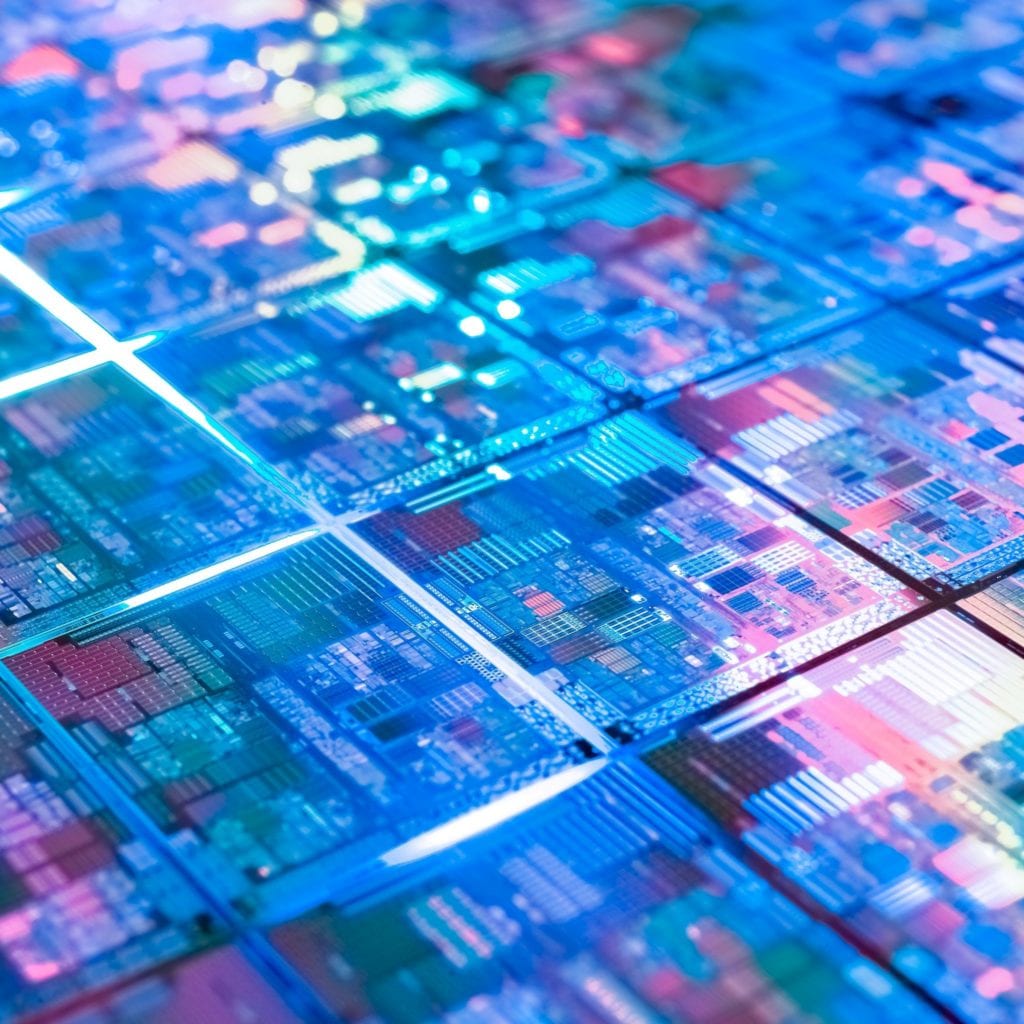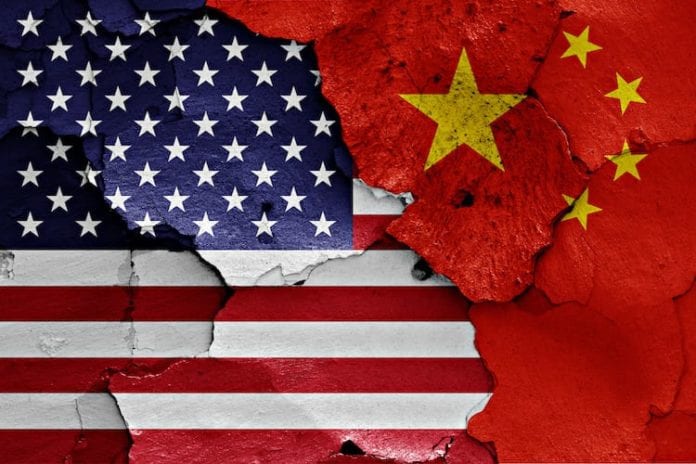In sum – what to know:
–Nvidia and AMD will reportedly have to pay 15% of their revenues from China AI chip sales to the U.S. government, in exchange for export licenses to be able to sell into the Chinese market.
–Raise revenues: The deal could raise $2 billion annually for the U.S. government.
–Uneven playing field: The news raises expectations that more large tech companies will strike such deals with the Trump administration, while smaller companies will remain subject to broader tariffs and export bans.
In a highly unusual arrangement for the United States, the Trump administration is expected to begin taking payments of 15% of the revenues that chip companies Nvidia and Advanced Micro Devices (AMD) generate from artificial intelligence chip sales to China, in exchange for allowing the companies to sell their chip wares to the Chinese market.
The chip sales could generate as much as $2 billion annually for the U.S. treasury, per the New York Times, based on past sales of AI chips by AMD and Nividia. The access to the enormous Chinese market for AI chips was widely seen as a win for those companies. But the arrangement for chip sales are raising concerns that individual companies will have to make pay-to-play arrangements with the Trump administration in order to sell their goods abroad and win exceptions to export rules, leaving most still subject to broader tariffs and bans.
President Donald Trump announced last week that he would levy a 100% tariff on semiconductors unless companies commit to investing in United States-based manufacturing. Apple CEO Tim Cook recently visited Trump at the White House, bringing a U.S-made Apple statue with a gold base statue as a gift and following up the visit with an announcement of a $100 billion in investments in the U.S., in addition to $500 billion that had already been announced — and Apple was confirmed to be exempt from the chip tariffs.
Nvidia CEO Jensen Huang visited the White House last week, NYT reported, and chip export waivers for Nvidia to sell its H20 chip to China were lifted by the Commerce Department two days later. Trump confirmed this morning that Nvidia will be allowed to sell the H20, which he called an “obsolete” chip, to China, in exchange for a cut of the revenues.
Intel CEO Lip-Bu Tan, whose resignation Trump has called for amid accusations that Tan has improper ties to China, is expected to visit the White House today.
While Trump downplayed the capabilities of the H20 chip, security experts — including some who served during the first Trump administration — sent a recent letter to the administration urging it not to allow sales of the H20 to China because the chip is so advanced for inference use, and because the global AI chip supply is so constrained already.

“The H20 is a potent accelerator of China’s frontier AI capabilities, not an outdated AI chip. Designed specifically to work around export control thresholds, the H20 is optimized for inference, the process responsible for the dramatic capabilities gains made by the latest generation of frontier AI reasoning models,” the defense and technology experts wrote in a letter to Commerce Secretary Howard Lutnick.
China, meanwhile, has raised security concerns about the H20 chip and the possible existence of backdoor access or kill switches built into the chips — which Nvidia has denied.
For companies to pay the U.S. government as a partner who shares in the profits from access to certain otherwise-restricted markets, is an unprecedented arrangement in the U.S. economy. But the Trump administration is taking a more nationalistic approach to economic moves. Earlier this year, for example, the administration arranged for the government to take a “golden share” stake in the ownership of U.S. Steel, as part of approving U.S. Steel’s purchase by Japanese company Nippon Steel.
Several market observers, however, have compared the Trump administration’s approach to mob tactics.
“It’s the cost of doing business, right?” said Dan Ives, global head of technology research at Wedbush Securities, in an interview segment on Bloomberg TV. “When you look at … anyone in the semi[conductor] world, you need access to China. And it comes down to, this is ultimately the path that they’re going to have to go through.” He continued that even with the increased price of the chips, the ability to sell to China is still a “massive improvement” for Nvidia and shows that companies can negotiate with the administration as opposed to being blocked across the board. “If you play nice in the sandbox, that’s going to be how this is going to work — at least for the next three and a half years,” Ives said. “And I think for Big Tech, you don’t want to be on the outside looking in — and it’s essentially the deal you can’t refuse, right, to quote Godfather.”
In a thread on X, market analysis publication the Kobeissi Letter declared that the news of AMD and Nvidia’s deals means a “new era for US businesses” where “Tariffs are no longer going to be just country specific, they will be company-specific as well.” It expects Intel and more Magnificent 7 companies to strike individual deals with Trump for access to international market or exemptions from tariffs — but warned that small businesses, which employ the majority of Americans, will be subject to the broader rules because they are unlikely to have enough size or clout to be able to win exemptions from the administration.

